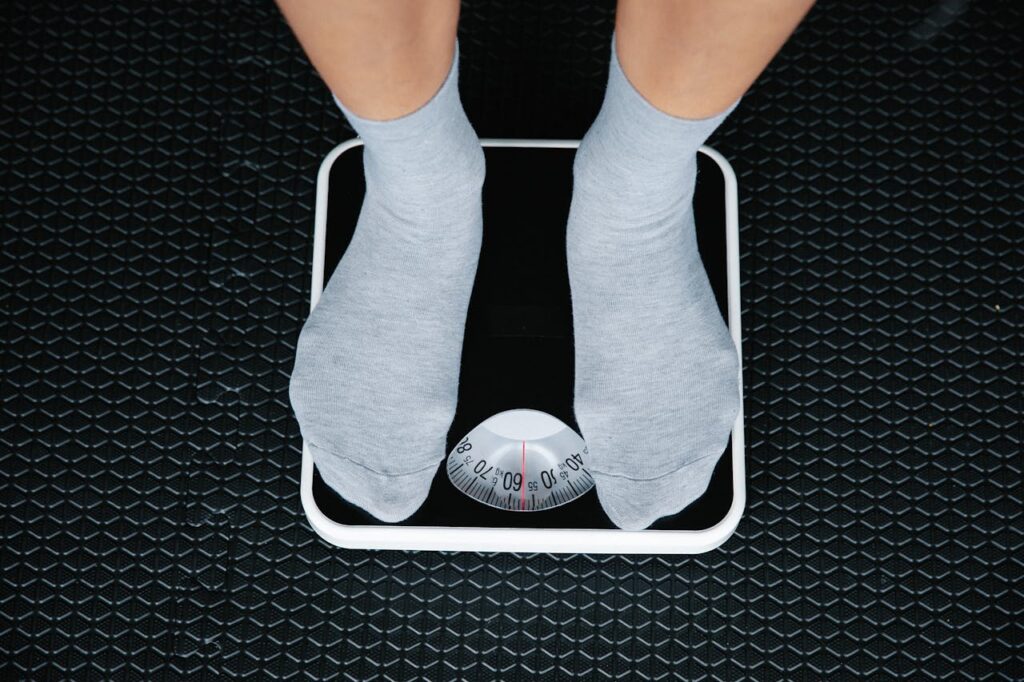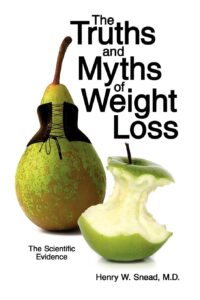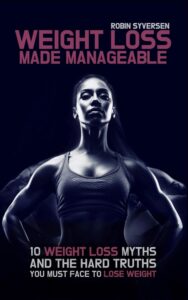In the ever-evolving world of fitness and nutrition, separating fact from fiction can be challenging. Fat loss, in particular, seems to attract more myths than almost any other health topic. Whether you’re just starting your fitness journey or consider yourself a seasoned gym-goer, you’ve likely encountered some of these persistent misconceptions. Let’s debunk eight common fat loss myths that might be hindering your progress.

Myth #1: Spot Reduction Works
How many times have you heard someone say they’re doing hundreds of crunches to lose belly fat or endless squats to trim their thighs? The idea that you can target fat loss in specific areas of your body is perhaps the most enduring fitness myth.
The Reality: Your body loses fat in a genetically predetermined pattern regardless of which exercises you perform. When you exercise, your body mobilizes fat from fat cells throughout your entire body, not just the area being worked. While strengthening specific muscle groups will tone and define those areas, the fat covering those muscles will only disappear when your overall body fat percentage decreases.
Research consistently shows that spot reduction isn’t effective. For example, a study published in the Journal of Strength and Conditioning Research had participants perform exercises targeting just one arm. After 12 weeks, participants had lost fat throughout their bodies, but there was no difference in fat loss between the exercised and non-exercised arms.
Myth #2: Cardio Is the Best Way to Lose Fat
Step into most gyms, and you’ll see people pounding away on treadmills and ellipticals in the hope of burning fat. While cardiovascular exercise certainly has its place, it’s not the complete solution many believe it to be.
The Reality: While cardio does burn calories during the activity, strength training builds muscle that increases your resting metabolic rate—meaning you burn more calories even when not exercising. Each pound of muscle burns approximately 6 calories per day at rest, compared to fat, which burns about 2 calories per day.
Moreover, high-intensity resistance training has been shown to create an “afterburn effect” (excess post-exercise oxygen consumption or EPOC), where your body continues to burn additional calories for up to 48 hours after your workout. A combination of strength training, cardio, and proper nutrition typically yields the best results for sustainable fat loss.
Myth #3: Low-Fat Diets Are Best for Fat Loss
The 1980s and 90s saw the rise of low-fat everything, from yogurt to cookies. This approach stemmed from the oversimplified notion that eating fat makes you fat.
The Reality: Many low-fat products simply replace fat with sugar and refined carbohydrates, which can lead to blood sugar spikes, increased hunger, and ultimately more calorie consumption. Healthy fats are essential for hormone production (including those that regulate metabolism), nutrient absorption, and increasing satiety.
Studies have shown that diets containing moderate amounts of healthy fats—like those found in avocados, nuts, seeds, and olive oil—can be more effective for fat loss than low-fat approaches. These fats help you feel fuller longer and may prevent the blood sugar crashes that lead to cravings.
Myth #4: You Must Eat 6 Small Meals a Day
For years, fitness magazines and “experts” promoted the idea that eating multiple small meals throughout the day “stokes your metabolic fire” and prevents your body from going into “starvation mode.”
The Reality: While this meal frequency works well for some people’s lifestyles and hunger patterns, there’s no significant metabolic advantage to eating frequently. Research has shown that when total caloric intake is equal, meal frequency has minimal impact on metabolic rate or fat loss.
What matters most is your total daily caloric intake and the quality of those calories. Some people may even benefit from fewer, larger meals or approaches like intermittent fasting, which can help regulate insulin sensitivity and make calorie control easier for certain individuals.
Myth #5: All Calories Are Equal
“A calorie is a calorie” is a common refrain that suggests weight management is simply about calories in versus calories out, regardless of where those calories come from.
The Reality: While calorie balance certainly matters, different macronutrients (proteins, carbohydrates, and fats) have vastly different effects on hormones, satiety, and muscle preservation. For example:
- Protein requires more energy to digest (20-30% of its calories are burned during digestion) compared to carbs (5-10%) and fats (0-3%)
- Protein and fiber-rich foods increase satiety, potentially reducing overall calorie intake
- Refined carbohydrates can spike insulin, promoting fat storage and increasing hunger
This doesn’t mean calories don’t matter—they absolutely do. But 100 calories of protein will affect your body differently than 100 calories of sugar, both in terms of hormonal response and how satisfied you feel afterward.
Myth #6: Exercise Can Compensate for a Poor Diet
Many people believe they can “earn” that slice of cake or pizza by spending an extra hour at the gym.
The Reality: It’s extremely difficult to “outrun” excessive calorie intake. Consider this: a single slice of cheesecake may contain 800 calories, which would require approximately 80 minutes of running to burn off. Both nutrition and exercise are important components of fat loss, but diet typically plays a larger role.
Research has consistently shown that exercise alone, without dietary changes, typically results in minimal fat loss. The most effective approach combines moderate calorie restriction with regular physical activity for both fat loss and overall health improvements.
Myth #7: Supplements Are Necessary for Fat Loss
The supplement industry is a multi-billion dollar business, with countless products promising to be the “miracle” solution to your fat loss goals.
The Reality: The vast majority of fat loss supplements have minimal or no proven benefits beyond what can be achieved through proper nutrition and exercise. Even the few supplements with scientific support (like caffeine for its mild metabolic-boosting effects) provide only marginal benefits.
Before spending money on supplements, focus on mastering the fundamentals: creating a modest calorie deficit through a balanced diet of whole foods, establishing a consistent exercise routine that includes both strength training and cardiovascular activity, getting adequate sleep, and managing stress. These factors will have a far greater impact on your results than any pill or powder.
Myth #8: Fasted Cardio Burns Significantly More Fat
Many fitness enthusiasts swear by early morning cardio on an empty stomach, claiming it maximizes fat burning.
The Reality: While performing cardio in a fasted state might increase fat oxidation during the exercise itself, research shows minimal difference in total fat loss over time compared to fed-state exercise. Your body compensates throughout the day, and what matters most is your overall energy balance across days and weeks, not hour-by-hour fat oxidation rates.
Furthermore, some people experience decreased performance during fasted exercise, which could result in fewer total calories burned. The best approach is the one that works for your schedule and preferences—if morning fasted cardio fits your lifestyle and you enjoy it, great. If not, exercising later in the day after eating is perfectly effective.
The Bottom Line
When it comes to fat loss, there are no quick fixes or magic solutions. Sustainable results come from consistent application of sound principles: maintaining a modest calorie deficit through whole foods nutrition, performing regular strength training and cardiovascular exercise, prioritizing sleep and stress management, and having patience with the process.
By letting go of these common myths and focusing on evidence-based approaches, you’ll set yourself up for long-term success rather than the frustration of chasing false promises. Remember that everyone’s body responds differently, and finding the approach that works best for your individual needs may take some experimentation.
Hey there! We hope you love our fitness programs and the products we recommend. Just so you know, Symku Blog is reader-supported. When you buy through links on our site, we may earn an affiliate commission at no extra cost to you. It helps us keep the lights on. Thanks.
Disclaimer: The information provided in this discussion is for general informational and educational purposes only. It is not intended as medical or professional advice. Only a qualified health professional can determine what practices are suitable for your individual needs and abilities.


